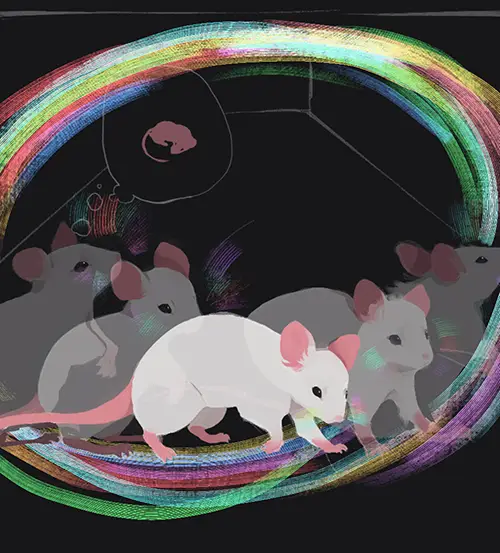Analysis Guides Treatment of Neurological Disorders

Syndromic neurological disorders, conditions that manifest multiple symptoms simultaneously, pose a unique challenge to the medical community. Due to the individual variances in these disorders, each person may require different diagnoses and treatment approaches. Scientists often use animal models to study these complex disorders, aiming to understand their causes and explore potential treatments. However, just like in humans, these animals display individual variations in symptoms, making it difficult to pinpoint the origins of symptoms or identify suitable drug targets for treatments. This hurdle impedes us from developing effective strategies for treating many major disorders affecting millions of people worldwide.
Recently, the Krishnan Lab made significant strides toward overcoming this problem by leveraging advancements in computational neuroethology to study Rett syndrome, a neurodevelopmental disorder affecting one out of every 10,000 girls and women globally.
This research, published in Journal of Neuroscience, used computational image analysis and multidimensional approaches on a female animal model for Rett syndrome. With this approach, they were able to distinguish two distinct groups within a genetically identical population of female mice, highlighting the power of this approach to gain a better understanding of this syndrome in humans.
This breakthrough discovery allows us to categorize complex movements and behaviors in animal models for neurodevelopmental disorders, laying the groundwork for personalized medicine approaches tailored according to an individual’s unique symptom profile.